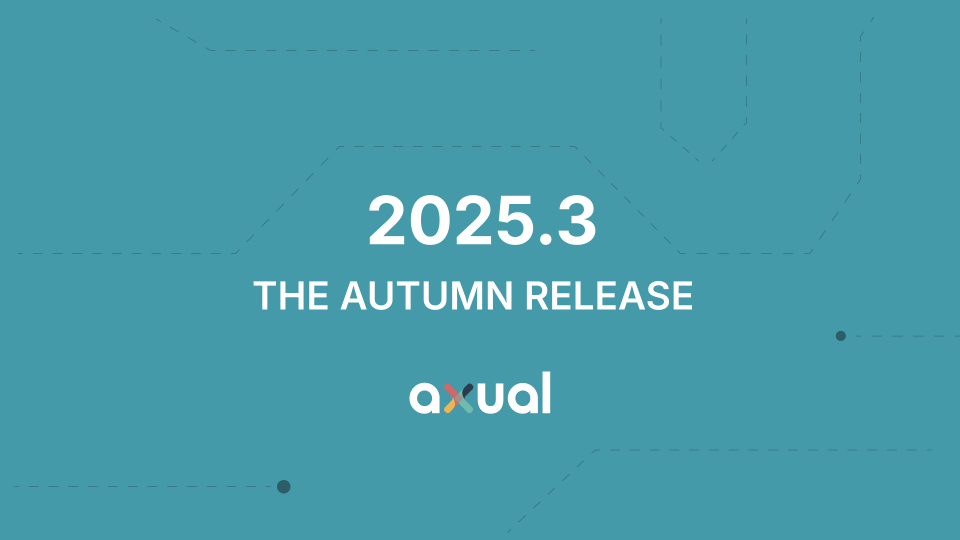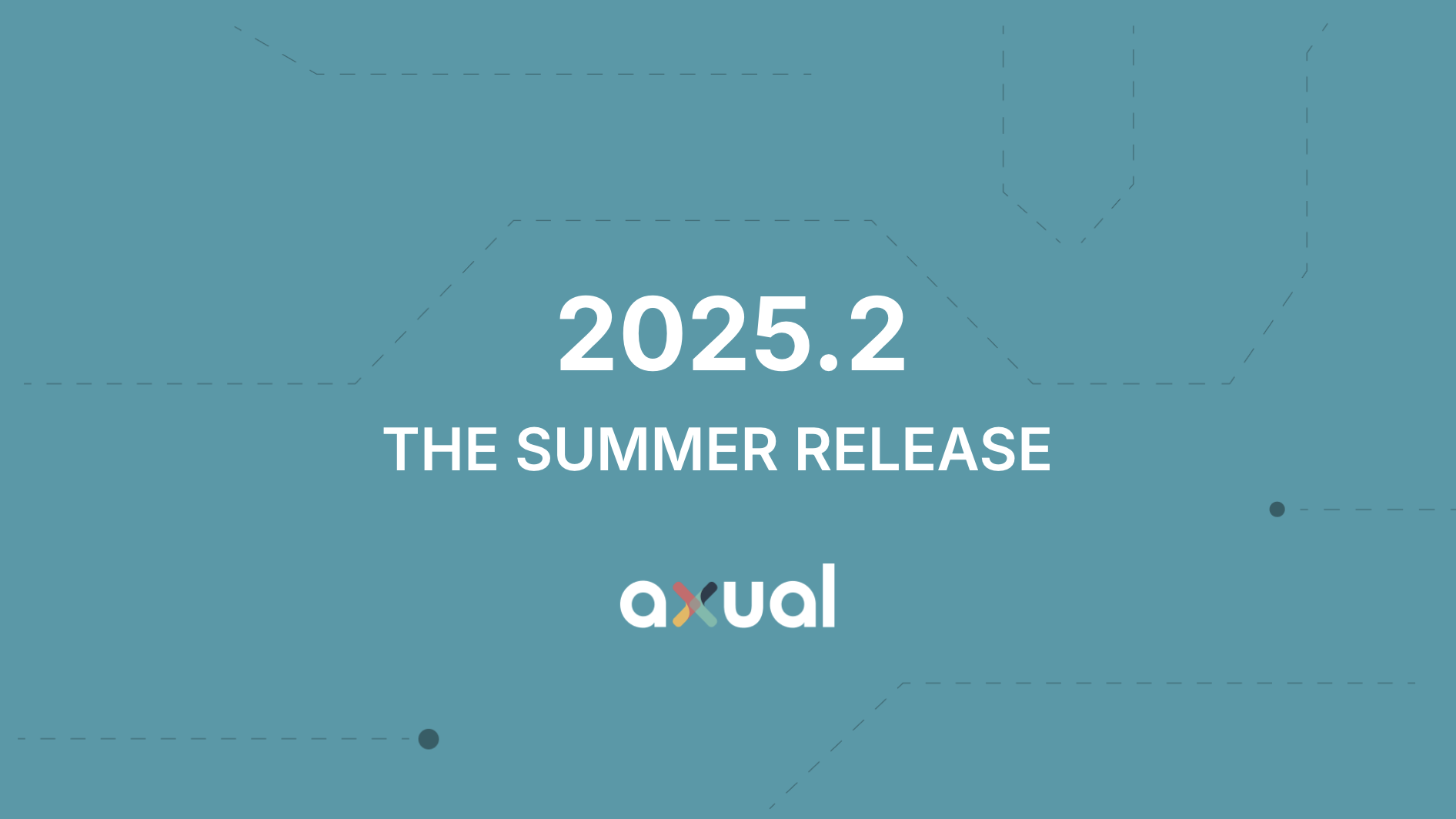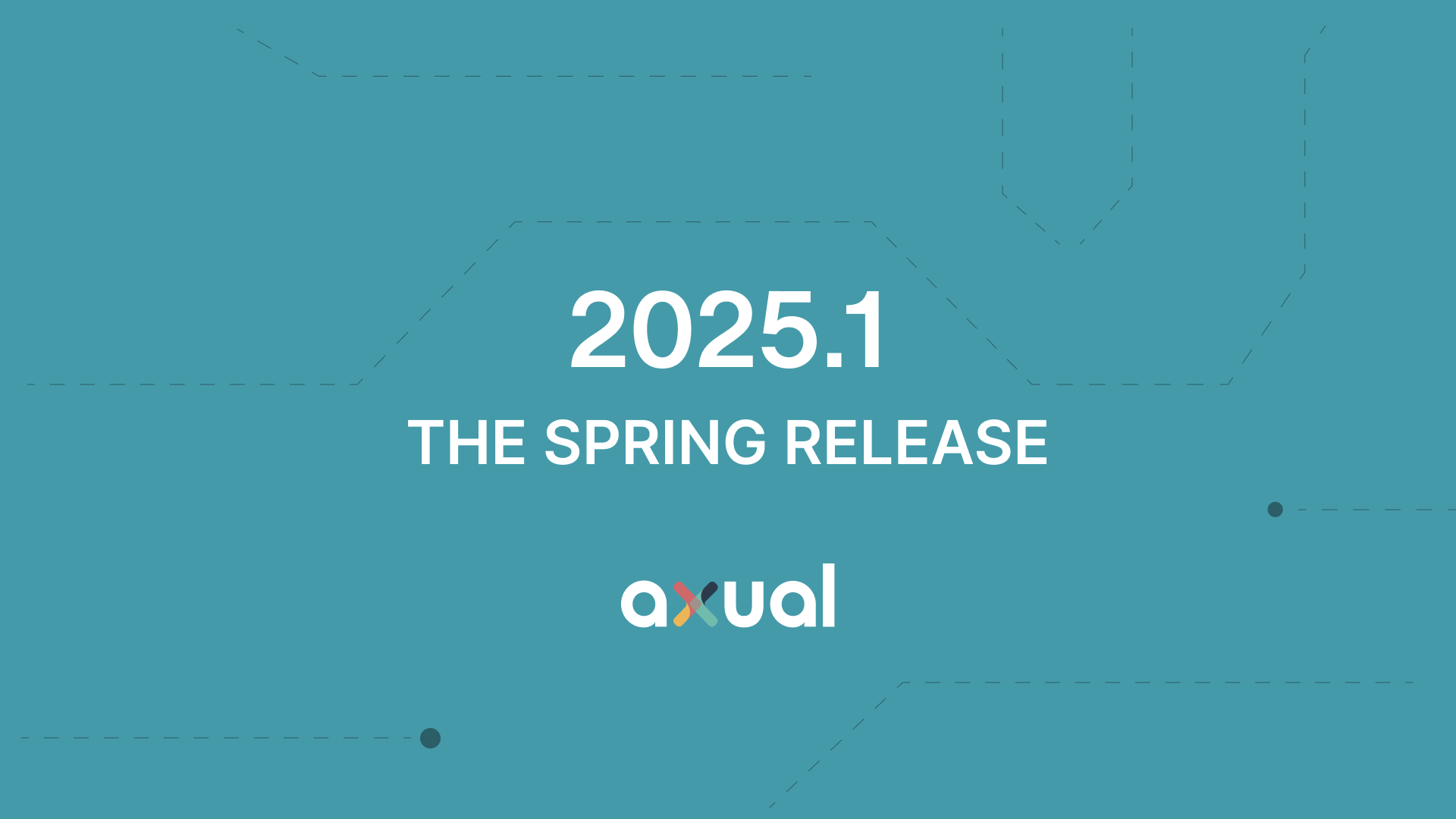On this page
With more data being shifted to the internet, companies struggle to choose between the private and public cloud. The emergence of hybrid cloud is touted as the solution where companies can enjoy the benefits of both private and public cloud architecture.
If you’re curious about what the hybrid cloud architecture looks like and how it works, you’re not alone. It’s a term that industry leaders coin and, until recently, doesn’t have a concrete definition.
What Is A Hybrid Cloud Architecture?
Hybrid cloud architecture is a network setup that allows information to be shared between the public and private cloud. It allows companies to retain data security while giving them the flexibility to scale as they grow.
The idea of a hybrid cloud is to solve the issues of public and private cloud, respectively. Public cloud implementation is economical but comes with concerns about storage security. Meanwhile, private cloud and on-premises data centers are highly secure, but the cost of upgrading the hardware for scalability is high.
The hybrid cloud architecture allows companies to strike a balance between security, flexibility, and cost.
How Does The Hybrid Cloud Architecture Work?
Different cloud environments are unique in their own rights. This includes the differing APIs, which are used by apps to invoke cloud services, and SLAs, which defines the types of services provided by the cloud vendor.
In cloud architecture, those differences are resolved under a unified environment. In order to do that, a hybrid cloud architecture needs to have a cloud management tool such as Amazon AWS, Google Cloud Platform, or Microsoft Azure.
Data are always synchronized within data centers connected to the hybrid cloud network. The connections between on-premises infrastructure, private cloud, and public cloud need to be reliable and secure. This is achieved by using network technologies like VPN and WAN.
It is crucial to ensure that private and public clouds are integrated seamlessly, or else the idea of a hybrid cloud would fail.
Once the network architecture is set up, virtual storage is created on both private and public cloud. Sensitive documents and apps are stored on the private cloud, while companies can store less-critical resources on the public cloud.
Benefits of Hybrid Cloud For Organizations
The adoption of hybrid cloud is seen as the gateway towards digital transformation for organizations. Here are how you could benefit from a hybrid cloud setup.
Scalability
When you’re solely banking on private data centers, scaling up the infrastructure involves adding new hardware and integration with existing ones. It is a taxing exercise and may disrupt business operations. With a hybrid cloud architecture, scaling up involves paying for more cloud storage space as and when needed.
Lower cost
Building your own data center is costly. So is maintaining the connectivity between different data centers. By moving to a hybrid cloud setup, you’re delegating the uphill task to IaaS providers like Amazon AWS. It takes the burden off your organization, and it’s also less costly.
Flexibility
It is too demanding and disruptive for a company to migrate from legacy infrastructure to a cloud setup fully. Adopting a hybrid cloud infrastructure is a more flexible option for companies to maintain legacy software while enjoying cloud computing flexibility. This is also true for organizations that are gearing towards a remote workforce.

How Axual Platform Supports Hybrid Cloud
Axual Platform is designed with Hybrid Cloud in mind. It comes in two forms – Axual Cloud, a SaaS offering of Axual Platform and enterprise license if you want to deploy in your own private cloud.
Axual Cloud offers a ready-to-use SaaS solution which abstracts away all the complexity involved in running and maintaining software yourself. This allows you to focus on solving problems that are most important for your business. It supports multiple regions to achieve SLAs of multiple nine’s.
For private clouds, Axual Platform can be deployed according to available data centers. Whether you have bare metals or orchestration tools like Kubernetes or Openshift, Axual Platform is compatible.
It is also possible to combine your private cloud with Axual Cloud to set up complex streaming infrastructure. This is commonly done when migrating away from on-premises to cloud.
Conclusion
Hybrid cloud architecture is the answer for organizations seeking security, scalability, and an economic cloud computing approach. The key to doing so is ensuring perfect integration between different components on the private and public cloud.
Answers to your questions about Axual’s All-in-one Kafka Platform
Are you curious about our All-in-one Kafka platform? Dive into our FAQs
for all the details you need, and find the answers to your burning questions.
Related blogs

Axual 2025.3 release introduces KSML 1.1 integration for automated stream processing deployment, group-based resource filtering for multi-team governance, and experimental MCP Server for AI-driven platform operations. Includes JSON schema support, Protobuf processing (beta), and enhanced audit tracking for enterprise Kafka implementations.

The Axual 2025.2 summer release delivers targeted improvements for enterprise-grade Kafka deployments. In this post, we walk through the latest updates—from enhanced audit tracking and OAuth support in the REST Proxy to smarter stream processing controls in KSML. These features are designed to solve the real-world governance, security, and operational challenges enterprises face when scaling Kafka across teams and systems.

Axual 2025.1 is here with exciting new features and updates. Whether you're strengthening security, improving observability, or bridging old legacy systems with modern event systems, like Kafka, Axual 2025.1 is built to keep you, your fellow developers, and engineers ahead of the game.

